However, there is sometimes a tendency for this training to lack the opportunity to put theory into practice. Training in public engagement is only the beginning; ideally, it should be followed up by an implementation of the skills taught. Particularly for researchers in the early stages of their careers—such as postgraduates—it is not immediately clear how best to use and progress these skills, or how to put their training into action. This led myself and some colleagues from neighbouring Universities to develop a training programme specific to postgraduates which would have a practical element built in from the very beginning.
‘People & Place: Public Engagement in the North East’ was funded by an AHRC Collaborative Skills Grant and organised by Nicole Bush (Durham), Kate Katigbak (Durham), and Beatrice Turner (Newcastle). Running across 2013, it was concerned with how a sense of place informs and is informed by academic research within local, regional and communal settings. We wanted to explore the relationships between the higher education sector, culture and heritage organisations, and their surrounding communities here in the North East, in order to ask how public engagement projects might nurture and benefit from those relationships. However, we also wanted to address the practical side of public engagement: how do you assess the need for a particular project? What sorts of projects work in what contexts? Who do you approach, and how do you approach them? Where can you find support for your project? What collaborations have been successful in the North East, and why?
This project comprised two strands which addressed both theoretical and practical issues: a public engagement workshop series, open to all, and featuring representatives from culture and heritage and higher education institutions from across the region, and a public exhibition exploring local industrialist Lord Armstrong’s role as a philanthropist and civic figure in the Victorian North East. We selected 10 applicants from Durham and Newcastle Universities working in a variety of disciplines (music, cultural and heritage, English studies, history, and archaeology) who attended both workshops and then went on to design, plan, and curate the public exhibition in partnership with local culture and heritage institutions (many of which offered training at the two workshops), and provided an opportunity to put the skills and ideas gained at the workshop into practice and use Lord Armstrong’s civic activities as a case study to interrogate the role of cultural institutions in the construction of local identity. Some of the external organisations we worked with included the Laing Gallery, Tyne and Wear Archives and Museums, Palace Green Library, the Laurence Sterne Trust, TUSK Music, Durham World Heritage, and the Beamish Museum. It was fantastic to hear directly from museum and heritage professionals, and to see the postgraduate participants building relationships across the project.
The final exhibition was held at the Jesmond Dene Visitor Centre and was open to the public across the summer. It was composed of a number of posters filled with archival research, photographs, and information about Lord Armstrong and his connection to Newcastle, and accompanied by a display case of nineteenth-century newspaper clippings and a ‘kid’s corner’ where children could make their own rhododendrons—a flower popular in the Jesmond Dene which Armstrong designed and landscaped. It was a great success, demonstrated by the number of positive comments left in the visitors book, and really gave the postgraduate participants a structure through which this type of public engagement project could be organised again. The training workshops were practical and meaningful in this context, because the attendees could immediately put into practice the skills they had learnt.
At the final project de-brief, we had a chance to both celebrate the successes of the project with the participants, and also to ask what kind of questions the project as a whole raised. Below are some of these, and we as researchers would do well to keep searching for ways to answer them when we design further public engagement projects:
- ‘How do we define ‘the public’?
- What importance might public engagement projects have for the local community or the region?
- How can we ensure that the knowledge generated is genuinely meaningful to the public we seek to reach out to?
- What can we do to ensure public engagement initiates two-way conversations that enhance our research as well as deepening public understanding and interest?
Nicole Bush | @Nicole_Bush
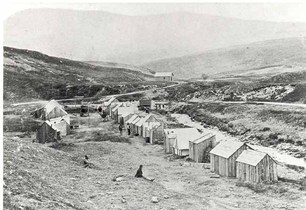
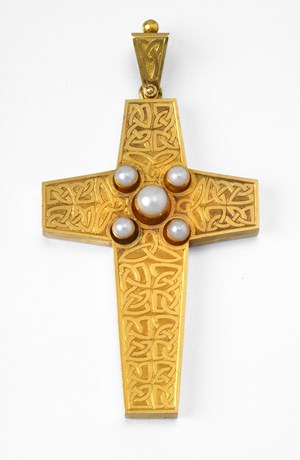
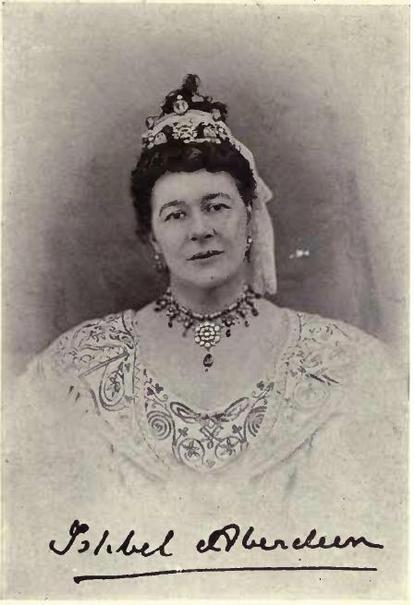
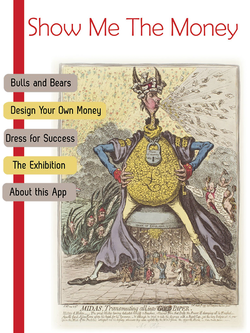
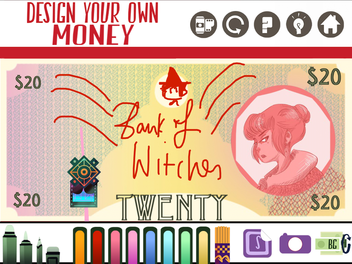
 RSS Feed
RSS Feed
